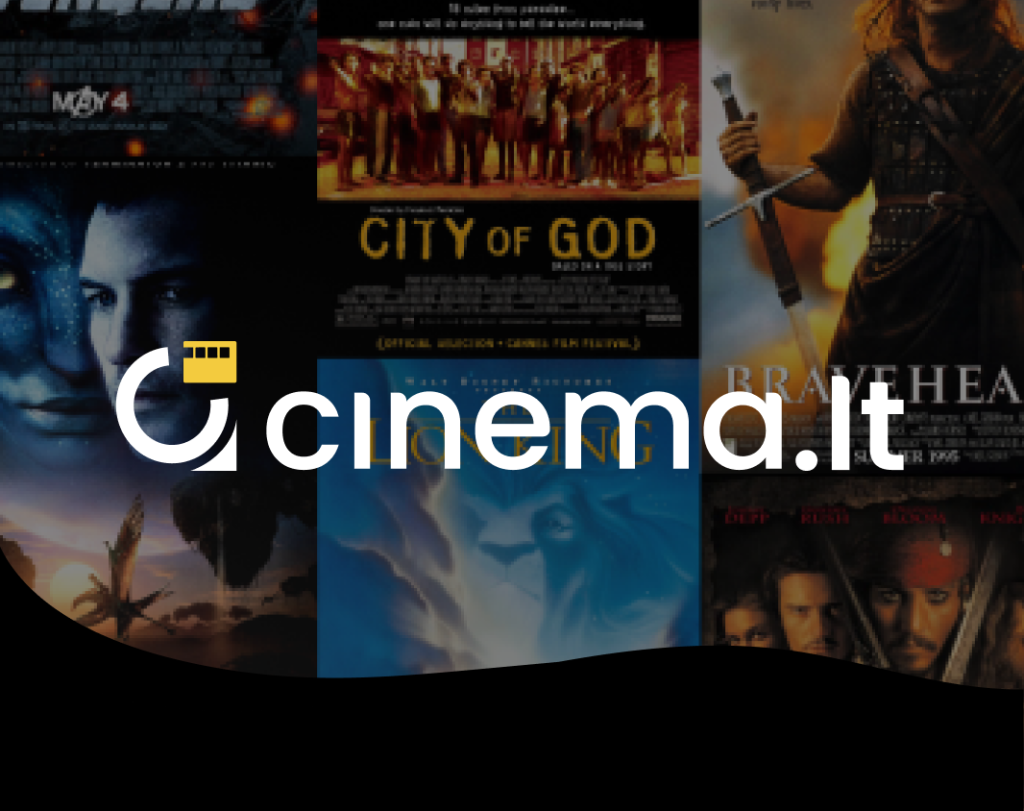Intuitive user interface (UI) design
- We create designs that are simple and clear. We avoid unnecessary elements, focusing on the functions that are necessary to achieve the user’s goal.
- We arrange all interface elements in a logical order, taking into account the user’s habits and natural movements, e.g. buttons or links are placed in prominent positions so that the user can intuitively find where to click.
- We use a uniform colour palette, fonts and icon styles so that users immediately recognise the brand and don’t get lost in the interface. The visual unity of style helps the user to build trust and gives the interface a professional feel.
Functionality and UX optimization
- We’ve get rid of redundant or infrequently used features that complicate the interface. This helps the user to focus on the main functions, making navigation easier and improving the overall experience.
- We optimize the navigation structure so that users can easily find the information or functions they need.
- We simplify complex actions, for instance by reducing the number of steps in ordering, registration or data entry forms.
Creating a modular design
- Each module is designed to perform a specific function, e.g. accounting, sales, inventory management or HR modules. This allows staff to use only those modules that are relevant to their area of activity.
- With modular designs, companies can start with core modules and then add new ones as their business needs grow. This allows the system to be developed gradually, without high initial implementation costs.
- Modular design allows different teams to work on their own modules without data conflicts or duplication of functions. This is particularly useful in large organizations where different teams work with different data or processes.
Data visualization design
- We create visualizations that are easy to understand and clear, so that users can quickly assess the data presented. We avoid excessive detail or complex graphs that can lead to confusion.
- We create interactive visualizations that allow users to explore the data according to their needs. The ability to filter, zoom in, zoom out and browse allows users to access additional information that can be useful for decision-making.
- We ensure that by using a hierarchy of colors, sizes and positions, you can highlight the most important data and ensure that users can quickly identify key points.



